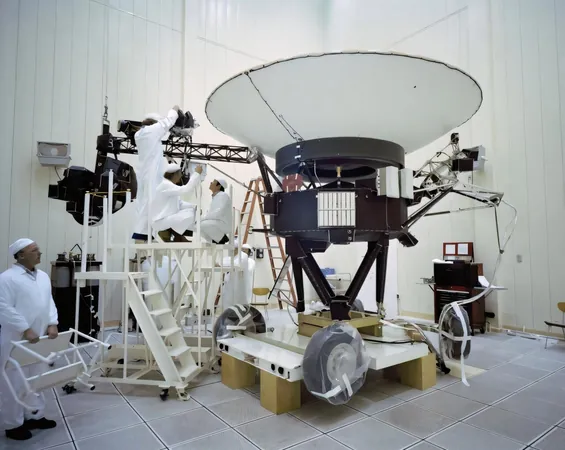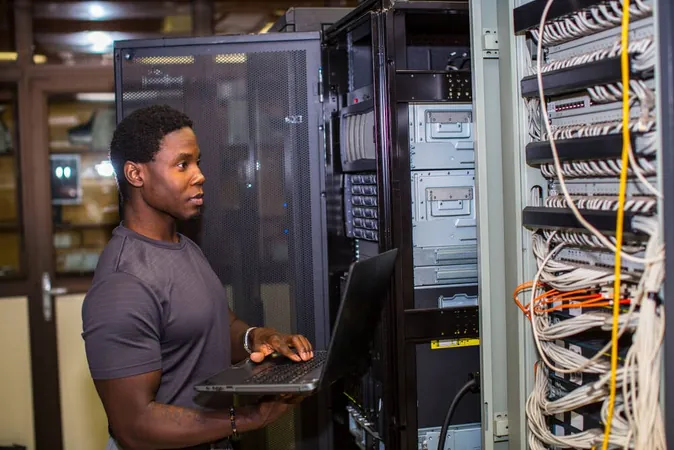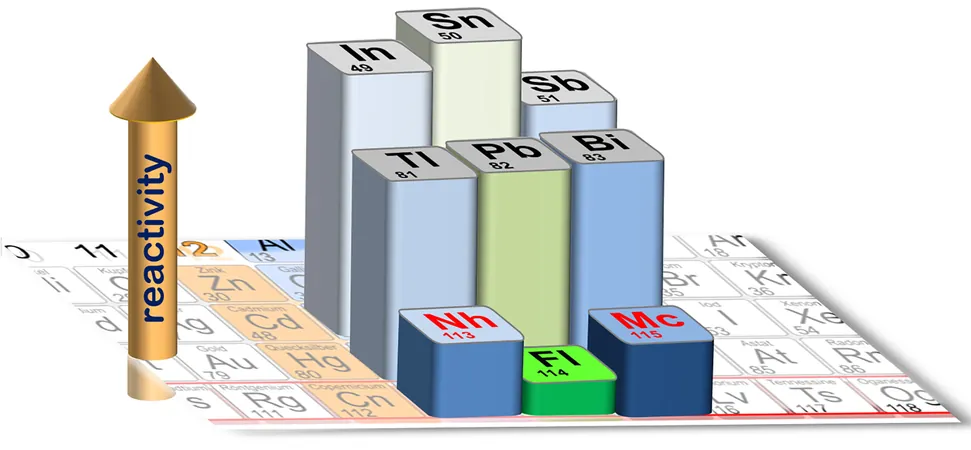
NASA's Voyager Mission: Defying the Odds and Unlocking Cosmic Secrets Since the '70s!
2024-11-05
Author: Li
NASA's Historic Launch and Journey
Launched on September 5 and August 20, 1977, respectively, Voyager 1 and 2 were designed to explore our solar system's outer planets. They successfully conducted a grand tour, scrutinizing the breathtaking atmospheres and magnetic fields of Jupiter, Saturn, Uranus, and Neptune. This bold initiative marked one of NASA's earliest endeavors to unravel the mysteries of the cosmos.
In a groundbreaking achievement, Voyager 1 became the first human-made object to enter interstellar space in 2012, closely followed by Voyager 2 in 2018. Having crossed the heliosphere—the protective bubble created by the solar wind—these probes opened new frontiers in space exploration.
What Keeps Voyager Going? Secrets of Longevity
The Voyager mission, overseen by Suzanne Dodd at NASA's Jet Propulsion Laboratory, continues to operate not just out of luck but because it is still capable of providing valuable scientific data. “We wouldn't be doing Voyager if it wasn't taking science data,” Dodd asserts.
Engineered For Success
Former project manager John Casani famously stated that Voyager spacecraft were “designed not to fail”. This foresight included redundancy in its components; critical systems were duplicated to ensure that failure in one area wouldn’t doom the mission. For example, having two identical spacecraft was a significant advantage, allowing for backup operations.
Unrivaled Power Sources
Adding to Voyager's endurance is its advanced power system. Each spacecraft is equipped with three radioisotope thermoelectric generators, nuclear power sources developed as part of the Atoms for Peace initiative. Whereas other power options, such as solar panels, could only operate effectively within the inner solar system, these generators will allow Voyager to continue its quest far beyond, although they produce less power each year.
Innovative Problem Solving in the Void of Space
Operating at the edge of the heliosphere and beyond presents unique challenges. With technology dating back to the 1970s, the mission team must continuously find creative solutions. Remarkably, retired engineers from the original Voyager team have returned to assist younger scientists, ensuring that invaluable knowledge is passed on to future generations.
In recent years, Voyager faced significant challenges—the most pressing being a clogged fuel tube in the thrusters of Voyager 1. This malfunction threatened the spacecraft's ability to control its orientation and maintain communication with Earth. However, through strategic planning and coordination, the team successfully switched to a backup thruster system—all accomplished remotely, despite the 22.5-hour delay for signals to travel between Earth and Voyager 1!
The Future of Voyager: A Glimpse Ahead
So, what does the future hold for the Voyager probes? Optimistically, they may continue their extraordinary journey into the late 2020s. Yet, as with any aging technology, challenges will arise. Power output diminishes by about 4 watts each year, and unforeseen issues could arise, threatening the mission's longevity.
Nevertheless, the legacy of Voyager is one of resilience, creativity, and discovery. As these twin explorers continue to journey through the vast unknown, they will undoubtedly unveil more cosmic secrets, expanding our understanding of the universe. Stay tuned, as this breathtaking saga of human ingenuity and exploration is far from over!





 Brasil (PT)
Brasil (PT)
 Canada (EN)
Canada (EN)
 Chile (ES)
Chile (ES)
 España (ES)
España (ES)
 France (FR)
France (FR)
 Hong Kong (EN)
Hong Kong (EN)
 Italia (IT)
Italia (IT)
 日本 (JA)
日本 (JA)
 Magyarország (HU)
Magyarország (HU)
 Norge (NO)
Norge (NO)
 Polska (PL)
Polska (PL)
 Schweiz (DE)
Schweiz (DE)
 Singapore (EN)
Singapore (EN)
 Sverige (SV)
Sverige (SV)
 Suomi (FI)
Suomi (FI)
 Türkiye (TR)
Türkiye (TR)